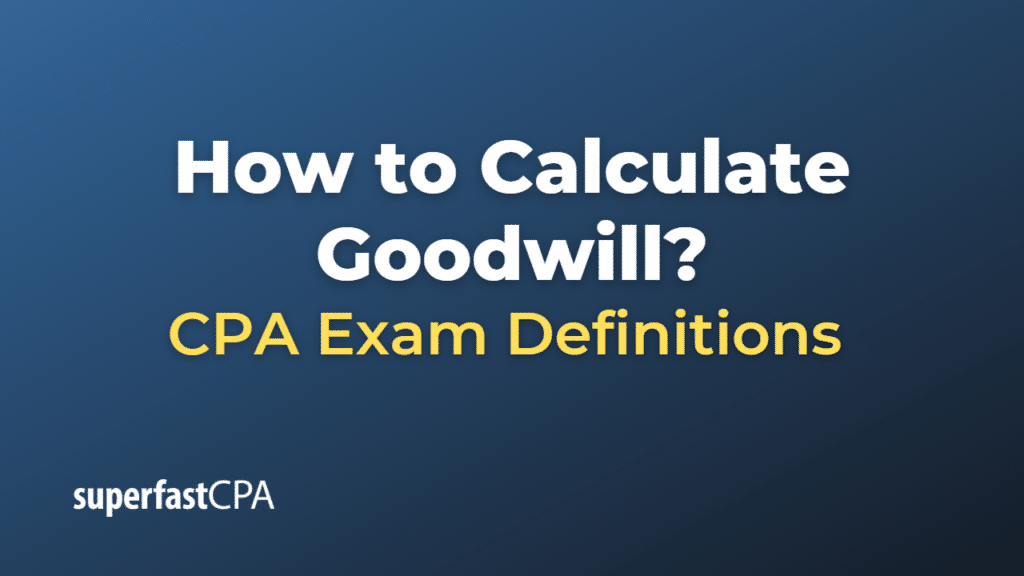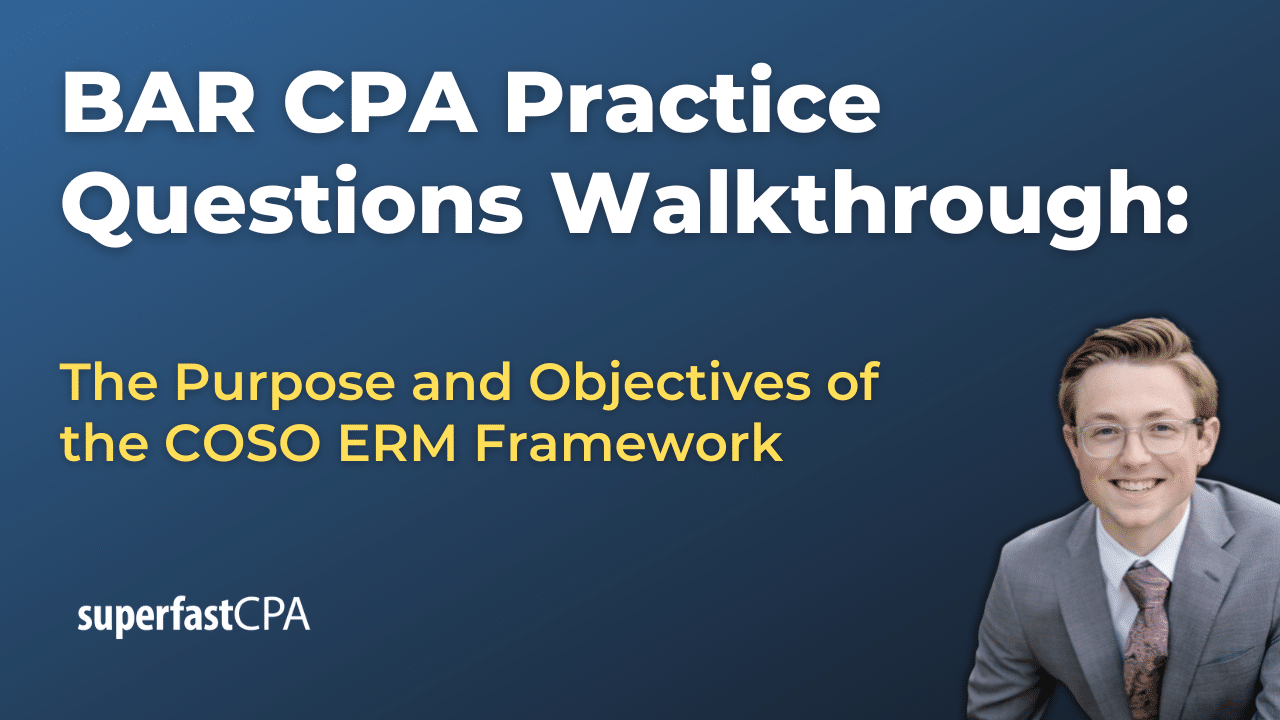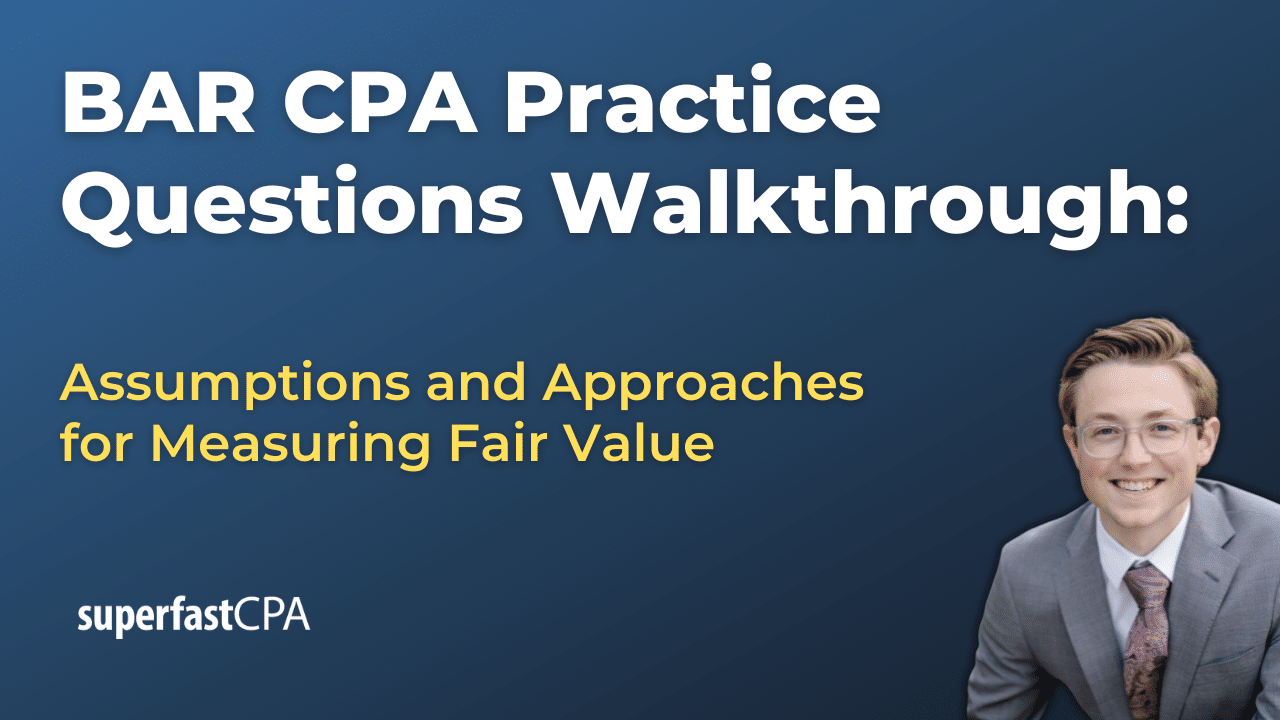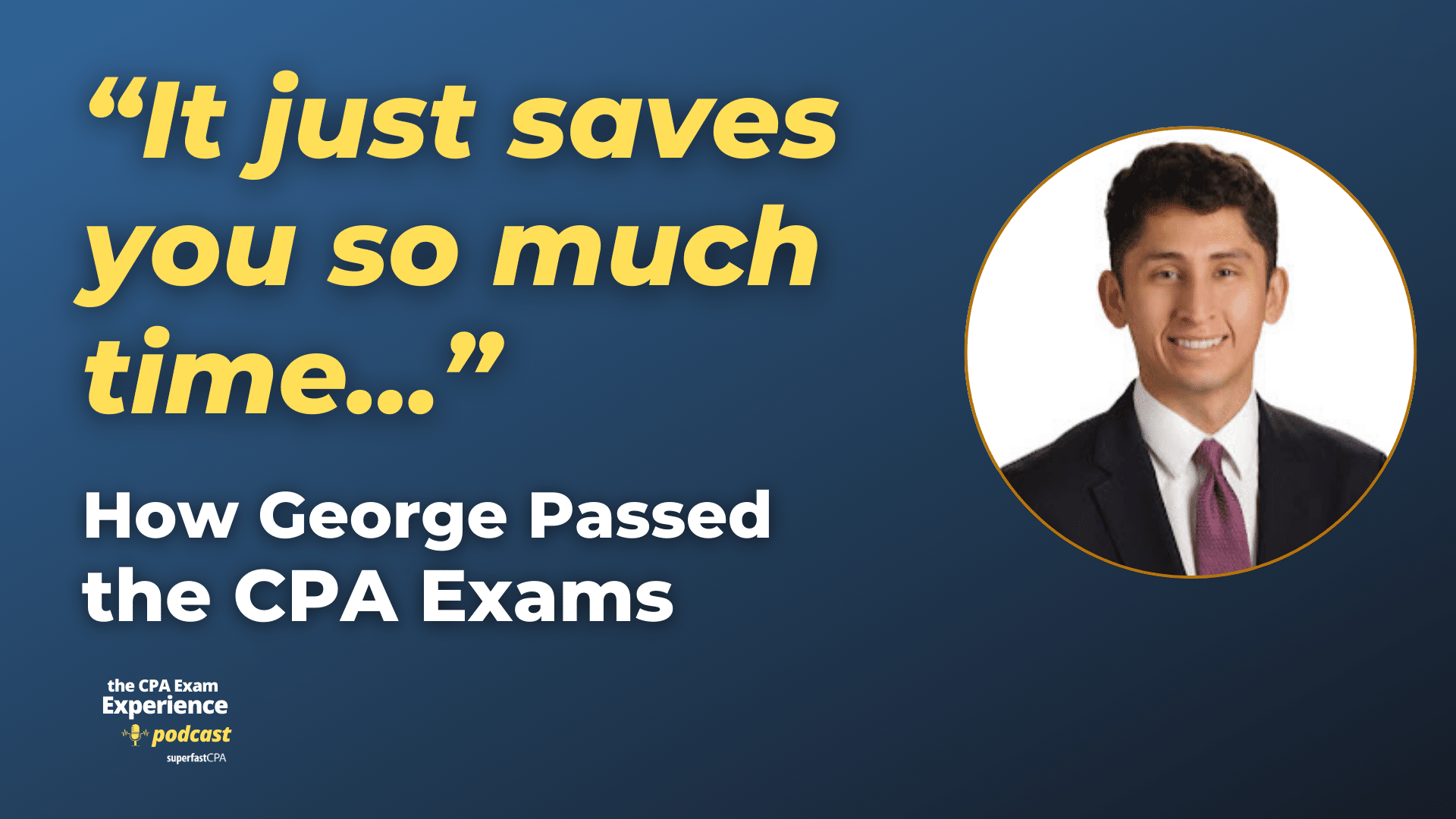How to Calculate Goodwill
Goodwill is an intangible asset that is associated with the purchase of one company by another. Specifically, it is the portion of the purchase price that is higher than the sum of the net fair value of all of the assets purchased in the acquisition and the liabilities assumed in the process.
Goodwill can be calculated with the following formula:
Goodwill = Purchase Price – Fair Market Value of Net Identifiable Assets
Here’s a breakdown of what the terms in this formula mean:
- Purchase Price: This is the total price paid to acquire the company. It includes cash, the fair market value of any assets given to the seller, and any liabilities that the buyer agrees to assume (take over) as part of the transaction.
- Fair Market Value of Net Identifiable Assets: These are the company’s assets (including tangible assets like buildings and equipment, and identifiable intangible assets like patents and trademarks), minus any liabilities. The fair market value is what these assets could be sold for in a free market, as opposed to their original purchase prices or book values.
The difference between the purchase price and the fair market value of net identifiable assets is the goodwill. It essentially represents the value of the business’s brand name, solid customer base, good customer relations, good employee relations, and any patents or proprietary technology.
Example of How to Calculate Goodwill
Let’s go through an example of how goodwill is calculated in a business acquisition.
Let’s say that Company A decides to buy Company B. Here are the details:
- Purchase Price: Company A buys Company B for $10 million.
- Net Identifiable Assets: At the time of the acquisition, Company B has assets (including both tangible and identifiable intangible assets) worth $8 million and liabilities of $2 million.
First, we need to calculate the Fair Market Value of Net Identifiable Assets. This is done by subtracting the liabilities from the assets:
Fair Market Value of Net Identifiable Assets = Total Assets – Total Liabilities
Fair Market Value of Net Identifiable Assets = $8 million – $2 million = $6 million
Then, we calculate goodwill by subtracting the fair market value of the net identifiable assets from the purchase price:
Goodwill = Purchase Price – Fair Market Value of Net Identifiable Assets
Goodwill = $10 million – $6 million = $4 million
So, when Company A bought Company B, it paid $4 million for goodwill. This might represent the value of Company B’s brand name, its good customer relations, or its proprietary technology, among other things. As mentioned earlier, this goodwill is not amortified, but must be tested annually for any impairment in its value.













